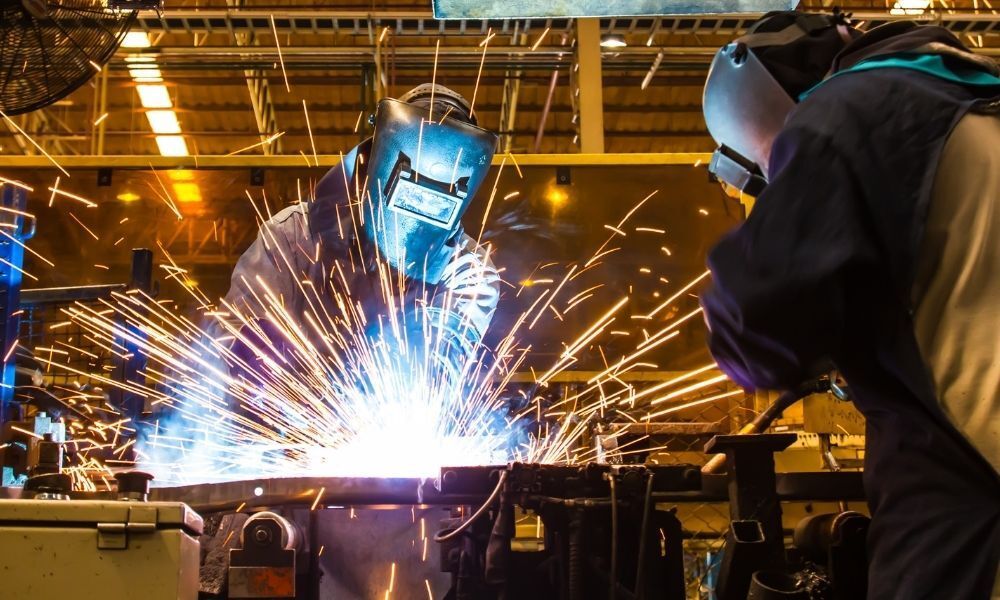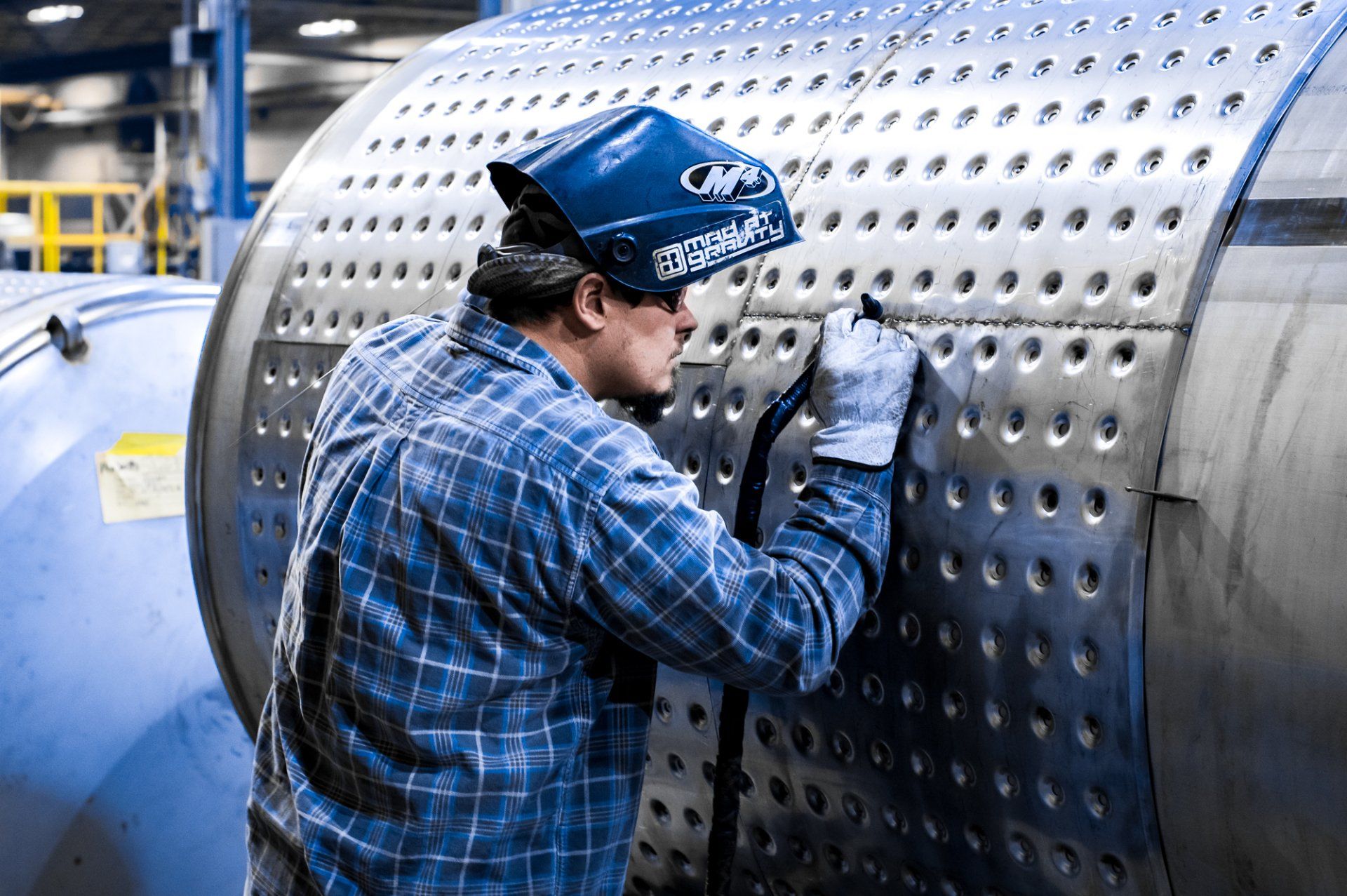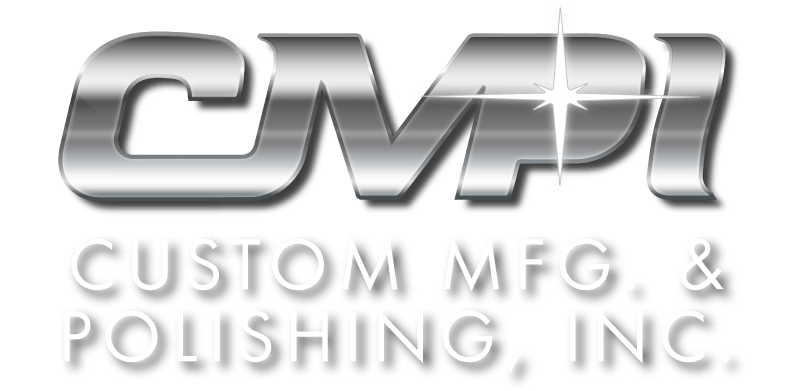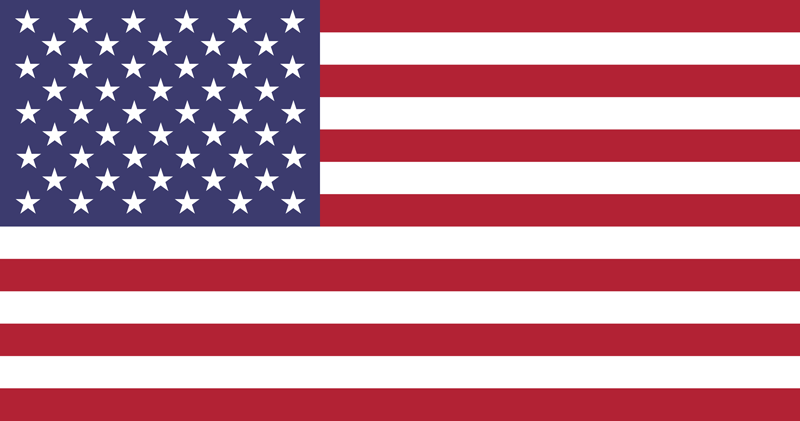What To Know About Quality Assurance and Control for Welding

When a company deals with metal fabrication, they rely on finalization processes to ensure that manufacturing meets their standards. Both quality control and assurance promise that everything made and welded together meets all requirements regarding ASME and international codes. Here’s more on what to know about quality assurance and control for welding.
Quality Assurance vs. Control
When going through different processes toward the end of production, specialists first inspect the items for quality issues. When analyzing, they ensure the materials and tools used in production were safe and served a purpose to achieve a high-quality item.
As for quality control, this team deals with the actual physicality of products. The item goes through different phases during testing to check for durability and corrosion resistance.
Proactive and Reactive Processes
The proactive phase is where quality assurance teams ensure that the product is free from defects. However, if it doesn’t meet expectations, the products go back down the line for repairs.
As for reactive, this is a phase that the quality control crew handles. When looking over a product, they identify the issues or defects that a welder needs to fix once sent back.
Process and Product Orientation
The main difference between these two is that quality assurance prevents value issues. Meanwhile, product orientation, a forte of quality control, identifies the problem areas in a welded product.
System and Parts
In welding, quality assurance systems list methods and procedures to protect the project’s quality standards. QC uses its system to measure parts to ensure they meet standards overall.
All in all, quality assurance systems analyze all activities to ensure they’re safe and help achieve an item’s effectiveness. Quality control looks over certain parts of the fabrication process to ensure they’re safe to use.
Product Creation and Verification
Quality assurance deals with product creation. In product creation, teams determine if products meet the business’s standards to ensure that workers use suitable materials.
After manufacturers achieve a standard for ASME and customer satisfaction, the products go to quality control.
The verification process helps confirm that the produced item meets standards. Quality control has the final say in if the manufacturers have made a product according to the regulations.
As you learn about quality assurance and control for welding, note that these practices keep a
stainless steel fabrication shop up-to-date on its standards. Knowing these differences helps retain and improve quality management in the workplace.
As you’ve reached the end, now’s the time to take the overall quality of the products you sell seriously. For more information, contact Custom Manufacturing and Polishing, Inc. for further details on why quality control processes matter in the production of your items.





